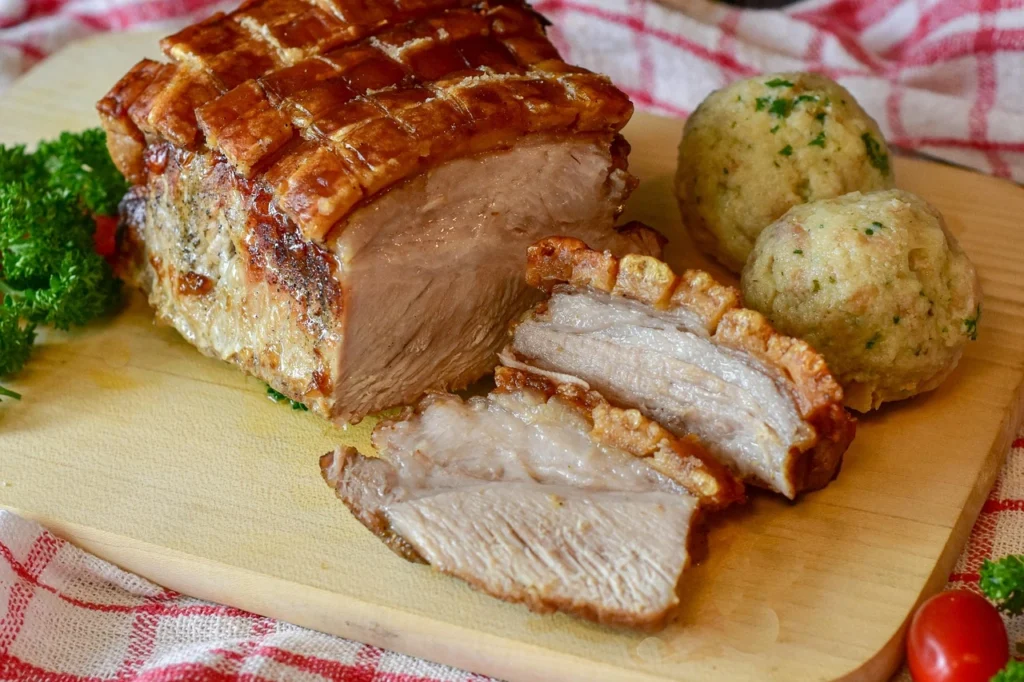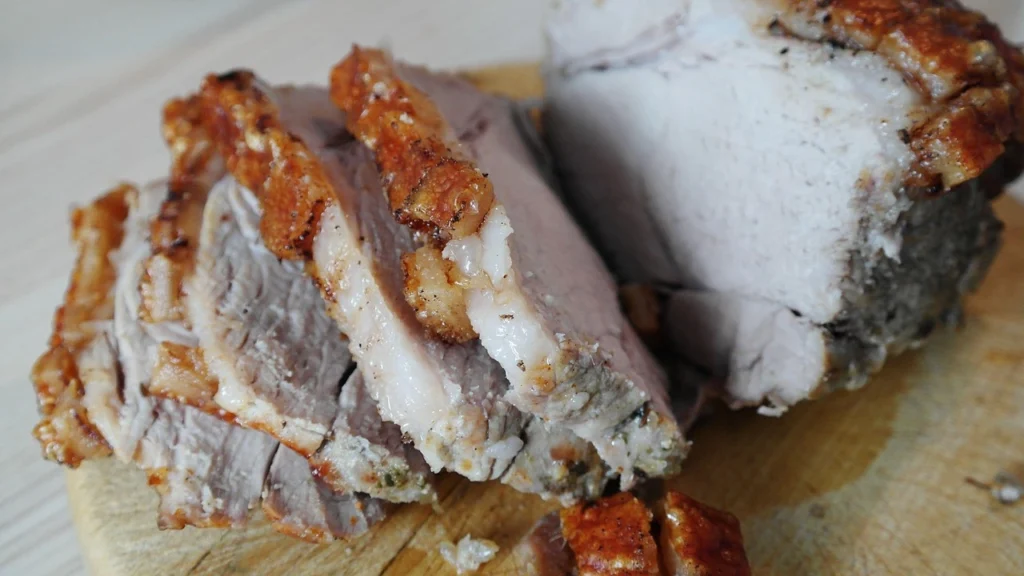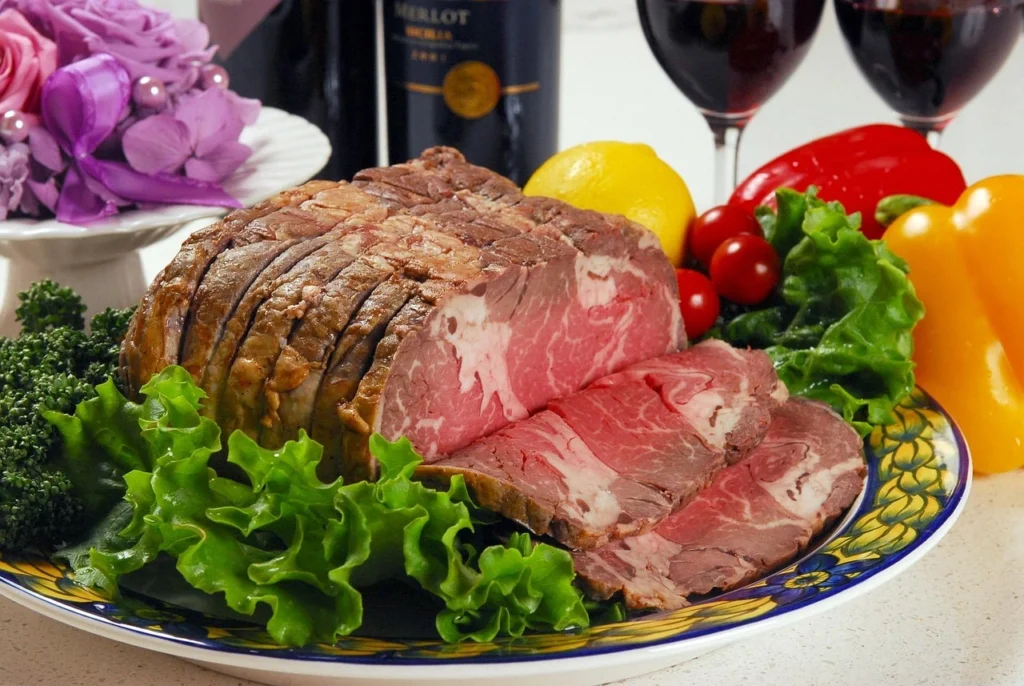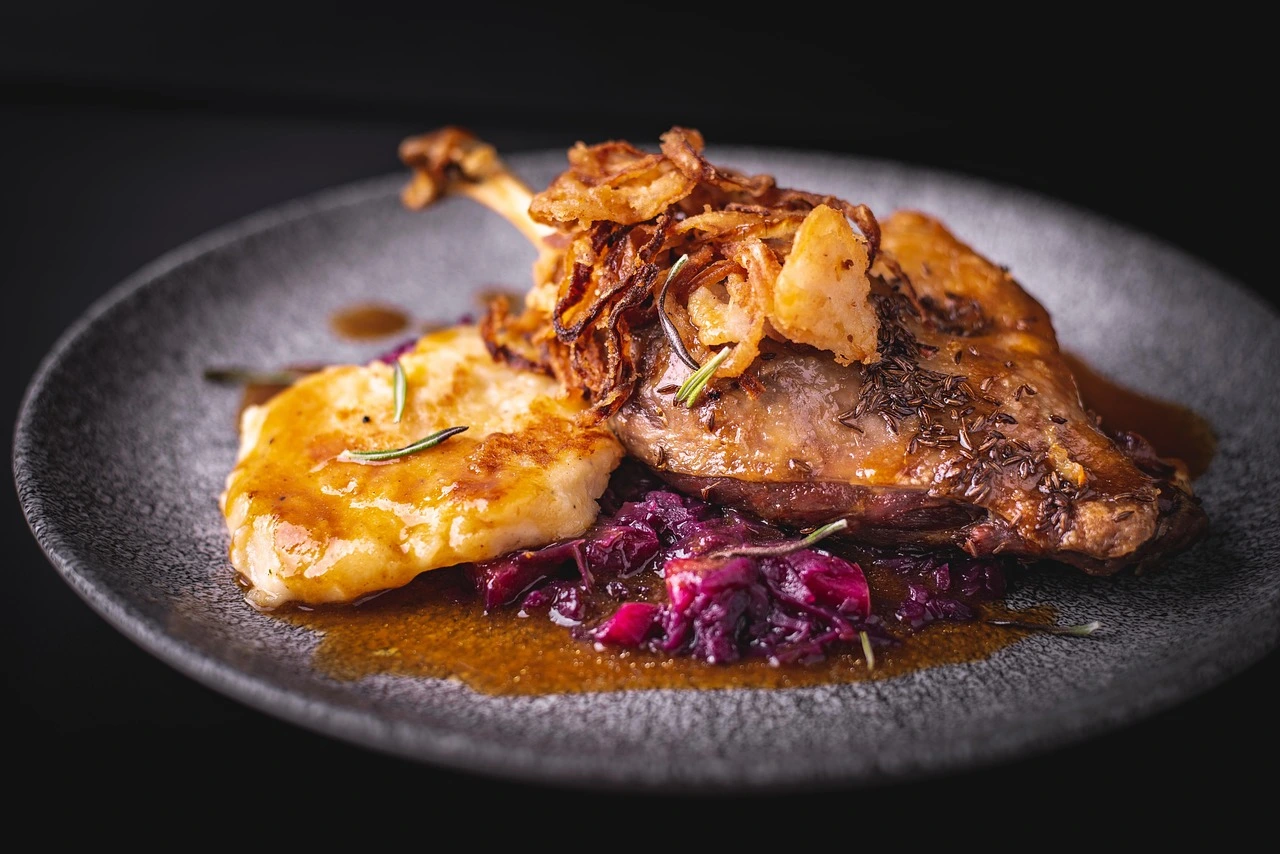French roast is a flavorful, slow-cooked beef dish known for its tender texture and rich, savory taste. Often prepared with aromatic herbs, shallots, and a splash of dry red wine, this roast is perfect for special occasions, family gatherings, or a hearty holiday dinner. Unlike the coffee term with the same name, French roast in culinary terms refers to a method of roasting beef—typically a tougher cut—low and slow until it becomes melt-in-your-mouth tender.
This recipe is beloved in many traditional Jewish households, especially during Passover, thanks to its simplicity and deep flavor. The beauty of a French roast lies in its versatility—you can make it ahead, freeze it, and reheat it without losing quality. Whether you’re hosting guests or meal prepping for the week, mastering the French roast will elevate your home-cooked meals to a gourmet level, with minimal fuss and maximum flavor.

Choosing the Right Cut
The success of a French roast starts with selecting the right cut of beef. Traditionally, a boneless chuck roast is the most common choice due to its rich marbling, which breaks down beautifully during slow roasting. Other great alternatives include second cut brisket, shoulder roast, minute roast, or chuck eye roast—all of which respond well to low and slow cooking methods.
For a leaner option, you can use top sirloin roast, though it may not be as tender or flavorful without careful preparation. Always look for a cut with some marbling, as the fat contributes to both tenderness and taste. Boneless roasts are easier to slice and serve, but bone-in versions can offer deeper flavor if cooked properly.
Key Ingredients
A great French roast recipe relies on a handful of fresh, flavorful ingredients that work together to create a savory, melt-in-your-mouth dish.
Beef Roast – Choose a 3 to 4 lb French roast, such as chuck or brisket. Look for good marbling for maximum flavor and tenderness.
Shallots – These mild, sweet alliums form the base of the herb rub. If unavailable, substitute with finely minced red onion or a small yellow onion.
Fresh Herbs – Parsley is commonly used, but you can also add thyme or rosemary. Fresh herbs deliver brighter, more aromatic flavors than dried.
Lime Juice – Adds a subtle tang that balances the richness of the meat. Lemon juice can be used as a substitute.
Olive Oil – Helps bind the rub and assists in browning the meat during searing.
Salt – Essential for enhancing all the natural flavors. Kosher salt is ideal.
Dry Red Wine – Used for deglazing and braising, it infuses the meat with depth. Opt for a cabernet or merlot. For non-alcoholic or sweeter versions, substitute with grape juice or broth.
Optional add-ins include garlic cloves, honey or sugar for a touch of sweetness, and pepper for extra kick.
Tools & Equipment Needed
To make a perfect French roast, you’ll need a few kitchen essentials. A large roasting pan with a tight-fitting lid or heavy-duty aluminum foil is key for sealing in moisture. A food processor makes preparing the herb rub quick and easy. You’ll also need a large skillet for searing, tongs, a meat thermometer to check doneness, and a sharp carving knife for clean slices. Optional but helpful: a cutting board with grooves to catch juices while slicing.

Prepping the Roast (Rub & Marinade)
The secret to a flavorful French roast lies in its aromatic herb rub. Begin by combining shallots, fresh parsley, lime juice, olive oil, and salt in a food processor. Blend until the mixture forms a coarse paste. If you enjoy bolder flavors, feel free to add garlic cloves, black pepper, or a touch of sweetener like honey.
Pat the beef roast dry with paper towels to help the rub adhere better. Generously coat the meat on all sides with the herb mixture, pressing it into any crevices. For deeper flavor, let the roast marinate in the refrigerator for 1–4 hours, or even overnight if time allows.
Before cooking, allow the roast to come to room temperature—this helps it cook more evenly. Whether you’re roasting it right away or letting it sit, this rub not only tenderizes the meat but infuses every bite with fresh, herby goodness.
Searing the Meat
Searing the French roast is a crucial step that locks in flavor and creates a rich, caramelized crust. Heat a small amount of oil in a large, heavy-bottomed skillet over high heat. Once the pan is hot, add the roast and sear for 1–2 minutes per side, turning with tongs to brown all surfaces evenly.
This process enhances the depth of flavor and creates the browned bits (fond) that will later enrich the pan sauce. Don’t skip this step—it’s what sets a restaurant-quality roast apart from an ordinary one.
Roasting Instructions
Once the roast is seared, it’s time to transfer it to the oven for slow cooking. Preheat your oven to 325°F (165°C). Place the roast in a roasting pan or Dutch oven, and pour the deglazing liquid over the meat. To deglaze, simply add 1½ cups of dry red wine to the same skillet used for searing, scraping up any browned bits (fond) with a wooden spoon. These bits are packed with flavor and will enrich the roast as it cooks.
Cover the pan tightly with a lid or heavy-duty foil to trap steam and moisture. Roast in the oven for 3 to 4 hours, depending on the size and cut of your meat. The roast is ready when it’s fork-tender and easily pulls apart.
For added depth, you can uncover the roast during the last 20 minutes to slightly crisp the top, but be careful not to dry it out. A meat thermometer inserted into the thickest part should read about 190–200°F (88–93°C) for optimal tenderness.
Resting, Slicing, and Serving the Roast
Once the French roast is out of the oven, resting is essential. Tent the roast loosely with foil and let it sit for 15–20 minutes. This step allows the juices to redistribute throughout the meat, preventing them from spilling out when sliced and ensuring every bite is moist and flavorful.
For best results, slice the roast against the grain into thin, even pieces using a sharp carving knife. Cutting against the grain shortens the muscle fibers, making the meat more tender and easier to chew.
French roast pairs beautifully with classic sides like roasted vegetables, garlic mashed potatoes, or a crisp green salad. You can also spoon some of the cooking liquid or pan juices over the sliced meat for extra moisture and flavor.
Whether plated for a formal dinner or served buffet-style, this roast is sure to be the centerpiece of your meal.
Make-Ahead Tips & Freezing
French roast is a fantastic make-ahead dish that actually improves in flavor over time. After cooking, allow the roast to cool completely. You can either slice it before freezing for quicker reheating, or freeze it whole to preserve moisture. Wrap the roast tightly in foil or plastic wrap, then place it in a freezer-safe container or bag to prevent freezer burn.
To reheat, thaw overnight in the refrigerator. Warm it in a 325°F (165°C) oven, covered, until heated through. Sliced roast will reheat faster and more evenly than a whole one.
This make-ahead versatility makes French roast ideal for holiday meals, Shabbat dinners, or busy weeknights, letting you serve a rich, comforting meal with minimal day-of prep.

Recipe Variations
French roast is incredibly adaptable, making it easy to customize based on dietary needs, available ingredients, or personal preferences. For a Passover-friendly version, omit garlic and use fresh or frozen herbs instead of dried, in accordance with traditional customs.
Prefer a sweeter flavor profile? Swap the dry red wine with sweet or semi-sweet wine, or drizzle a bit of honey or brown sugar over the roast before cooking. This gives the meat a subtle caramelized glaze.
You can also play with herbs—thyme, rosemary, and oregano work well in place of or alongside parsley. If you don’t have shallots, a small yellow or red onion is a great substitute.
Looking to make it heartier? Add chunky carrots, potatoes, or mushrooms to the roasting pan. These soak up the juices and make for an all-in-one dish that’s as comforting as it is convenient.
Common Mistakes to Avoid
Even a simple roast can go wrong without a few key precautions. One major mistake is skipping the sear—this crucial step locks in flavor and builds a rich crust. Another is under-seasoning the meat; a good herb rub should be bold and well-balanced.
Avoid overcooking, which can dry out the roast—use a meat thermometer to track internal temperature. Failing to cover the roast tightly can also result in lost moisture. Lastly, always let the meat rest before slicing; cutting too soon causes the juices to run out, leaving the roast dry.
Health and Nutrition Info
French roast is a hearty, protein-rich dish that can be part of a balanced diet when prepared thoughtfully. A 3–4 oz serving of roast beef typically provides around 250–300 calories, 25–30g of protein, and a moderate amount of healthy fats.
Using leaner cuts like brisket flat or sirloin can reduce fat content. Swapping in low-sodium broth instead of wine and avoiding added sugars or sweet wines helps make it heart-healthier and keto-friendly.
FAQs Section
Can I use a different cut of meat for French roast?
Yes! While chuck roast is traditional, you can use cuts like second cut brisket, minute roast, shoulder roast, or chuck eye. Just adjust the cooking time for tenderness.
Should I slice the roast before or after freezing?
Either works, but slicing before freezing is more convenient and speeds up reheating. Just be sure to cool the roast fully before slicing.
What’s the best way to reheat French roast?
Reheat the roast covered in a 325°F (165°C) oven until warmed through. Add a splash of broth or pan juices to keep it moist.
Can I add garlic to this recipe?
Absolutely! Garlic adds depth, but some traditional recipes, especially for Passover, omit it. Add 2–3 cloves if preferred.
Can I use dried or frozen herbs instead of fresh?
Yes. If using dried herbs, remember the ratio: 1 tsp dried = 1 tbsp fresh. Frozen herb cubes are a great middle-ground option.
What wine should I use?
Dry red wine like Cabernet Sauvignon or Merlot works best. For a sweeter flavor, use sweet wine or even grape juice.
Conclusion
Whether you’re planning a holiday feast, a cozy Shabbat dinner, or a hearty family meal, a well-prepared French roast delivers comfort, flavor, and versatility. With its tender texture, savory herb rub, and rich pan juices, this dish is a guaranteed crowd-pleaser that can be made ahead and adapted to fit a variety of tastes and dietary needs.
By choosing the right cut, seasoning generously, and following a few key techniques—like searing, slow roasting, and resting—you’ll create a roast that’s deeply satisfying every time. Don’t be afraid to experiment with herbs, wine, or vegetables to make the recipe your own.
So go ahead—slice, serve, and savor the classic warmth of a perfect French roast. Bon appétit!

